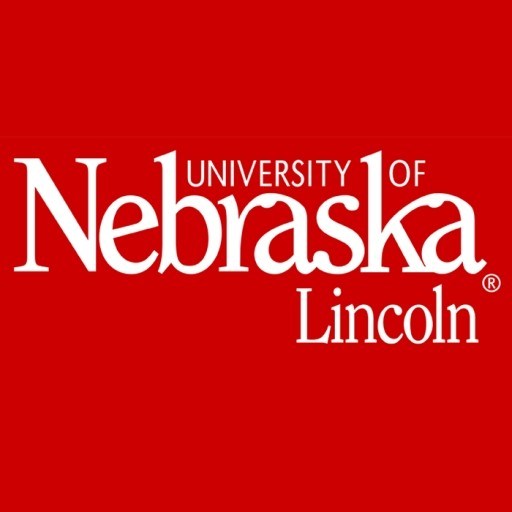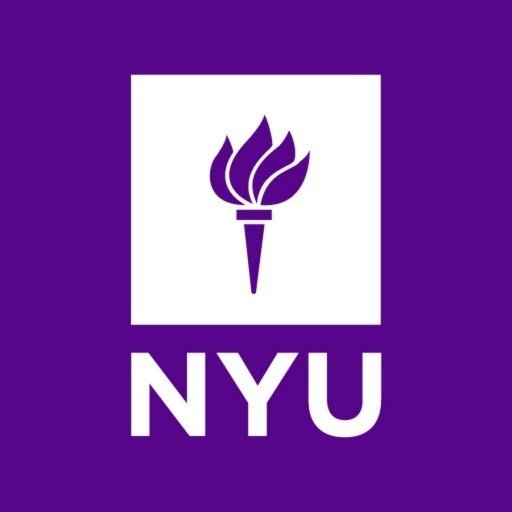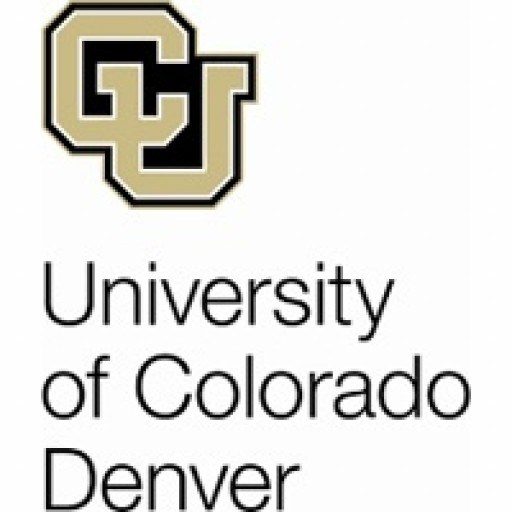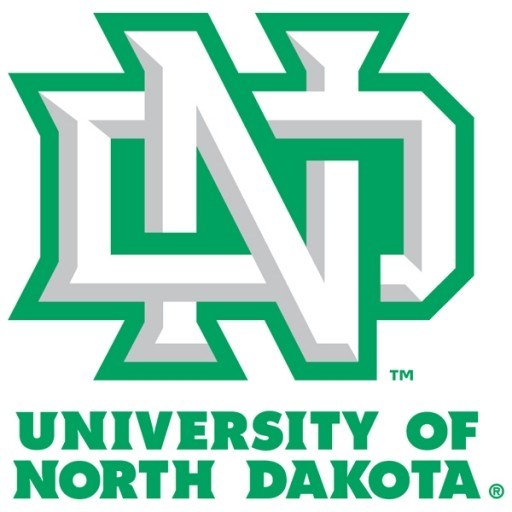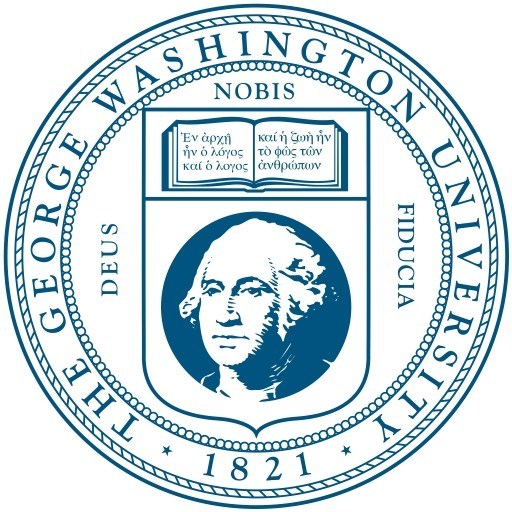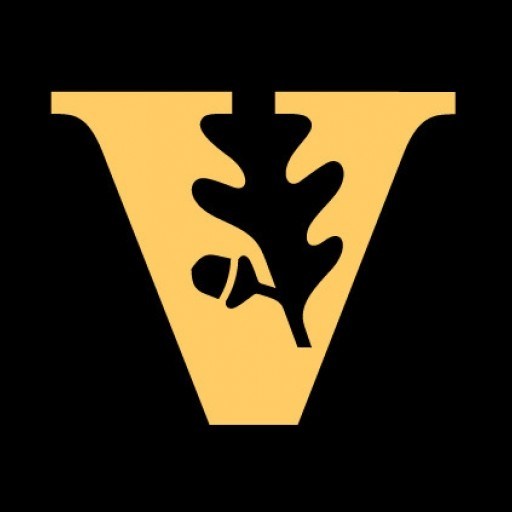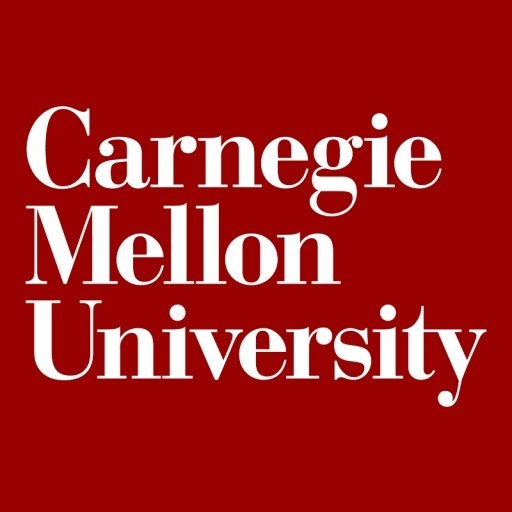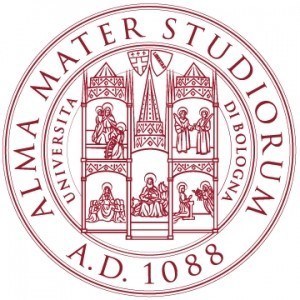Photos of university / #unlincoln
Degree Program: Bachelor of Arts in Textile and Apparel Design
Duration: 4 years
Delivery Mode: On-campus
Typical Entry Requirements: High school diploma or equivalent, with a strong background in art, design, or related subjects.
Tuition Fees: Based on Nebraska resident status; consult university website for current rates.
Accreditation: Regional accreditation by the Higher Learning Commission, with specialized accreditation for the College of Education and Human Sciences.
Program Overview:
The Bachelor of Arts in Textile and Apparel Design at the University of Nebraska–Lincoln offers students a comprehensive education in the creative and technical aspects of textile and apparel design. This program is designed to prepare students for careers in the dynamic fashion, textile, and apparel industries by fostering artistic talent, technical skills, and business knowledge. Students will engage in hands-on projects, portfolio development, and industry partnerships to ensure they are well-equipped for professional success. The curriculum combines foundational courses in design principles, textile science, and apparel construction with advanced topics such as sustainable design, digital design technologies, and fashion merchandising. Throughout the program, students will have opportunities to participate in internships, study abroad programs, and exhibitions, gaining practical experience and industry exposure. Faculty members bring a wealth of professional expertise, ensuring that students receive mentorship and insight into current industry trends. Graduates of this program will be prepared for diverse roles including fashion designer, textile technologist, product developer, visual merchandiser, or start their own design businesses. The program emphasizes creativity, innovation, and sustainability, aligning with the evolving demands of the textile and apparel sectors. By integrating technical skills with artistic expression, students will develop a versatile portfolio that showcases their unique design voice. Located in Lincoln, Nebraska, the university provides access to a vibrant arts community and industry connections that support student growth. Overall, the Textile and Apparel Design program aims to cultivate pioneering designers who can contribute to the global fashion industry while addressing environmental and ethical challenges.
| COURSE | CREDITS |
|---|---|
| TMFD 803 Apparel design by Draping | 3cr |
| TMFD 805 Advanced Textiles | 3cr |
| TMFD 806 Textile Testing and Evaluation | 3cr |
| TMFD 807 History of Costume | 3cr |
| TMFD 808 History of Textiles | 3cr |
| *TMFD 809 Care & Conservation of Textile Conservation | 3cr |
| TMFD 811
Textile, Fashion & Design Problems |
3cr |
| TMFD 816
Apparel Design for Industry |
3cr |
| *TMFD 817 Textiles & Dress: Cultural Perspective | 3cr |
| *TMFD 818 History of Quilts | 3cr |
| COURSE | CREDITS |
|---|---|
| *TMFD 823 Advanced Design in Multi Media | 3cr |
| *TMFD 824 Rendering and Production of Textiles or Apparel | 3cr |
| *TMFD 825 Advanced Work in Digital and Other Media for Textile Design | 3cr |
| *TMFD 828 Coloration | 3cr |
| TMFD 874 Theory Development | 1cr |
| *TMFD 876 Artifact Analysis | 3cr |
| TMFD 892 Professional Study Tour | 2cr |
| TMFD 896 Independent Study | 6max. |
- Completion of online application through GAMES
- Grade point average of 3.0 or higher on a 4.0 scale.
- Minimum GRE Scores (Institution code = 6877) Verbal 150, Quantitative 141, and 4.0 Analytical Writing. For textile science students, the minimum scores are 143 Verbal, 155 Quantitative, and 4.0 Analytical Writing.
- Minimum TOEFL scores (International Students only) 550 on paper test, 213 on computer based test or 79 on the internet based test (Institution code – 6877).
- Digital Portfolio for textile design and apparel design areas of interest only.
Funding for the Textile and Apparel Design program at the University of Nebraska–Lincoln is available through various sources. Students can apply for federal and state financial aid, including grants, scholarships, and loans, by submitting the Free Application for Federal Student Aid (FAFSA). The university offers a range of scholarships specific to this college, awarded based on academic achievement, talent, and financial need. Additionally, there are departmental scholarships for students in the Textile and Apparel Design program, which recognize excellence in design and creative work. Graduate students may qualify for assistantships, research stipends, and tuition waivers, which provide financial support in exchange for teaching or research responsibilities. External funding opportunities include industry-sponsored scholarships, freelance grants, and internships that sometimes include stipends or stipulation-based financial support. Students are encouraged to seek private scholarships, community grants, and specialized competitions in the textile and fashion industry to supplement their funding. The university’s financial aid office provides comprehensive guidance on application procedures, eligibility criteria, and deadlines. It is also recommended that students explore work-study programs available on campus, which enable part-time employment that can help offset living expenses. Cost of attendance varies depending on residency status, program year, and specific living arrangements, but the university provides detailed estimates and budgeting advice to help students plan their finances effectively. Overall, the program’s financing options are designed to aid students in managing educational expenses while enabling them to focus on developing their skills in textile and apparel design.
The Bachelor of Arts in Textile and Apparel Design at the University of Nebraska–Lincoln is a comprehensive program that prepares students for a variety of careers within the fashion, textiles, and apparel industries. The program emphasizes the development of creative skills, technical knowledge, and understanding of the industry standards required for success in fashion design, textile development, and apparel production. Students are exposed to a wide range of coursework, including core design principles, textile science, pattern making, sewing techniques, digital design, and fashion merchandising.
The curriculum often includes hands-on experiences through studio courses where students learn to create original designs, utilize sewing labs, and work with various fabric types. Emphasis is placed on both traditional techniques and modern technological applications, such as computer-aided design (CAD) programs, which are essential in today’s fashion industry. The program aims to foster innovation and sustainability awareness, encouraging students to consider environmental and ethical issues related to textile production and fashion manufacturing.
Students also have opportunities for practical experience through internships, collaborative projects, and exhibitions, giving them real-world exposure and networking opportunities within the industry. The faculty members are experienced professionals, providing mentorship and industry insights that help students prepare for their careers post-graduation.
In addition to technical skills, the program emphasizes the development of critical thinking, problem-solving abilities, and effective communication skills necessary for leadership roles in the textile and apparel industries. Graduates of the program are prepared for employment in fashion design firms, textile manufacturing companies, apparel companies, retail organizations, and more. They are equipped to work in various roles such as fashion designers, textile developers, product developers, and textile sales or marketing specialists.
Facilities at the university include state-of-the-art studios, textile laboratories, and equipment that support innovative design and manufacturing processes. The program integrates sustainability principles into its core curriculum, preparing students to contribute responsibly to the global industry. Overall, the Textile and Apparel Design program at the University of Nebraska–Lincoln aims to cultivate innovative, industry-ready graduates who can adapt to the evolving fashion and textile landscape.
(Approximately 2,200 characters)
